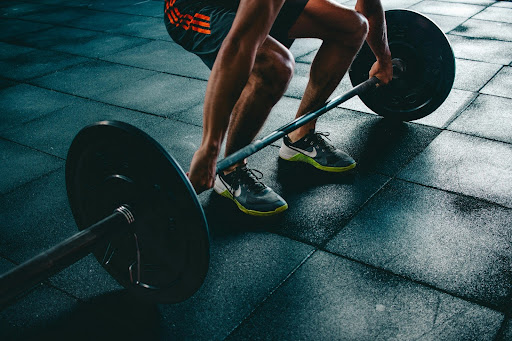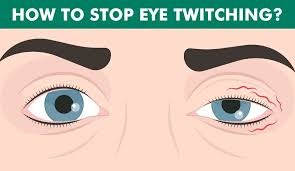The Truth About Spot Reduction and Targeted Fat Loss
Let’s cut straight to the chase: you can’t do 500 crunches and expect your belly fat to magically disappear. You can’t leg press your way to thinner thighs or tricep dip your way to toned arms. The fitness industry has been selling this fantasy for decades, and it’s time to set the record straight about how fat loss actually works.
Why the Myth Persists
The spot reduction myth stays alive because it feels logical. Work the area where you want to lose fat, and that fat should disappear, right? This thinking is reinforced by the fitness industry’s marketing machine, which profits from selling the dream of quick, targeted fixes.
Exercise infomercials showcase before-and-after photos of people who did “targeted” workouts, but what they don’t tell you is that these individuals also followed strict diets and comprehensive exercise programs. The ab belt didn’t create the six-pack; the complete lifestyle overhaul did.
Social media makes this worse. Instagram fitness influencers post videos of isolated exercises with captions promising spot reduction results. The reality is that these influencers already have low body fat percentages and are simply showcasing exercises that enhance muscle definition, not burn localized fat.
What Really Happens When You Exercise
When you perform exercises targeting specific muscle groups, you’re primarily affecting the muscle tissue beneath the fat, not the fat itself. Crunches strengthen and build your abdominal muscles, but they don’t preferentially burn the fat covering those muscles. The fat loss comes from your overall energy expenditure exceeding your caloric intake.
Here’s what actually occurs during exercise: your body needs energy to fuel muscle contractions. It pulls this energy from readily available sources like blood sugar and muscle glycogen first. Only when these immediate sources are depleted does your body start mobilizing fat stores, and when it does, it draws from fat cells throughout your entire body based on genetic predisposition and hormonal factors.
The Genetics Factor
Where you lose fat first and last is largely determined by your genetic makeup. Some people naturally lose fat from their face and arms first, while others see changes in their midsection or legs initially. Men typically store more fat in their abdominal region and lose it from there last, while women often store fat in their hips and thighs and struggle to lose it from these areas.
Your genetics also determine the number and size of fat cells in different areas of your body. Areas with more fat cells will naturally appear larger and may take longer to show visible changes, even when fat loss is occurring.
Hormones Control the Process
Hormones play a massive role in determining where your body stores and releases fat. Cortisol, the stress hormone, promotes abdominal fat storage. Insulin affects how your body partitions nutrients between fat storage and muscle building. Estrogen influences fat distribution in women, particularly around the hips and thighs.
These hormonal influences explain why some areas seem “stubborn” when it comes to fat loss. It’s not that the fat in these areas is fundamentally different, but rather that the hormonal environment makes it more resistant to mobilization.
What Actually Works for Fat Loss
The only proven method for losing fat is creating a sustained caloric deficit. This means burning more calories than you consume through a combination of diet and exercise. As you maintain this deficit over time, your body will gradually reduce fat stores throughout your system.
Strength training plays a crucial role in this process, not because it targets specific fat deposits, but because it preserves lean muscle mass during weight loss. The more muscle you maintain, the higher your metabolic rate remains, making it easier to sustain fat loss over time.
Compound exercises that work multiple muscle groups simultaneously are particularly effective because they burn more calories during the workout and create a greater metabolic demand post-exercise. Think squats, deadlifts, push-ups, and pull-ups rather than isolated movements.
The Role of Consistency and Patience
Fat loss is a slow, gradual process that requires consistency and patience. The areas where you store fat most readily will typically be the last places you lose it from. This means your “problem areas” might not show visible changes until you’ve lost significant fat from other parts of your body first.
This is where many people get frustrated and give up. They expect their belly fat to disappear after a few weeks of crunches, and when it doesn’t happen, they conclude that exercise doesn’t work. The truth is that their approach was flawed from the beginning.
A Smarter Approach to Body Composition
Instead of chasing spot reduction, focus on improving your overall body composition through comprehensive strength training, cardiovascular exercise, and proper nutrition. Build muscle throughout your body while gradually reducing overall body fat percentage.
Training can be invaluable here, as a qualified personal trainer can design a program that maximizes calorie burn while building functional strength. They can also help you stay consistent and make adjustments as your body adapts to your routine.
The bottom line is this: there are no shortcuts to changing your body composition. Spot reduction is a myth that keeps people spinning their wheels instead of focusing on what actually works. You must learn the process, trust the science, and commit to the long-term approach that delivers real, lasting results.







